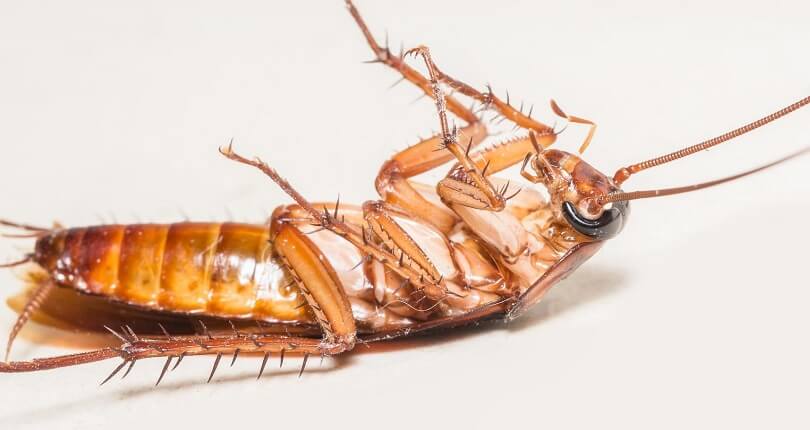Cockroach Fossil

When one mentions cockroaches, the immediate image that might pop up in many minds is of a tenacious and often unwelcome pest scuttling across a kitchen floor. Yet, beyond this modern-day representation, the cockroach has a story as old as time.
Often overshadowed by the more glamorous dinosaur bones, the cockroach fossil offers a captivating insight into our planet’s history. Why should we care about these tiny insects preserved in stone? Let’s dive into the fascinating world of cockroach fossils.
Notable Cockroach Fossils
| Period | Cockroach Species | Noteworthy Characteristics |
|---|---|---|
| Carboniferous | Archimylacris eggintoni | Wingspan of up to 8 inches |
| Jurassic | Blattulidae | Distinct antennae and large body size |
| Cretaceous | Sphecomyrma | Found in New Jersey amber, showcases transitional evolutionary features |
Types of Fossils
Cockroach fossils are primarily found in two forms:
- Amber Fossils: These are created when a cockroach gets trapped in tree resin, which then fossilizes over time into amber.
- Compression Fossils: Here, the cockroach is squished between layers of sediment that harden over time, leaving a detailed impression of the body.

Origin of Cockroaches
Would you believe it if you were told that cockroaches roamed the Earth along with the dinosaurs? The earliest cockroach fossils date back about 320 million years ago, during the Carboniferous period. These ancient insects have survived mass extinctions, ice ages, and other significant environmental changes.
Through fossil evidence, we’ve learned that ancient cockroaches varied significantly from their modern counterparts. Some, like Archimylacris eggintoni, had wingspans of up to 8 inches! Imagine the sensation of such a creature fluttering by.
How are Cockroach Fossils Found?
Cockroach fossils are primarily found in amber. Amber, the fossilized resin from ancient trees, acts like nature’s time capsule, capturing and preserving organisms in exquisite detail.
When a cockroach got trapped in this sticky resin millions of years ago, it became entombed, and, over time, the resin hardened and fossilized, preserving the cockroach for eons.
Such amber fossils provide an immaculate snapshot of prehistoric life, allowing researchers to study details like hair, wing structure, and gut contents.

Why are Cockroach Fossils Important?
- Fossil records can provide insights into the past climates and environments in which these insects thrived. Their presence or absence can indicate specific environmental conditions of an era.
- By comparing ancient and modern cockroaches, scientists can track the evolution of these insects, understand their survival mechanisms, and decipher how they’ve adapted over time.
- Fossils can give clues about ancient food chains. For instance, finding a cockroach fossil inside the stomach contents of a larger predator provides data on predation patterns and ecological relationships.
Oldest Cockroach Fossil
The common belief held that the oldest cockroach fossils were around 350 million years old. However, this has been revealed as a misconception. The title for the oldest known cockroach fossils is held by Valditermes brennae and Cretaholocompsa montsecana.
These remnants date back to a period transitioning from the Jurassic to the Cretaceous, approximately 120-130 million years ago. Interestingly, cave-dwelling cockroach fossils, which add another dimension to the insect’s evolutionary history, have been dated to be around 99 million years old.
Conclusion
To many, cockroaches might be pesky critters that must be avoided or eradicated. But from a broader perspective, these insects are resilient witnesses to Earth’s tumultuous history. The cockroach fossil is a testament to nature’s endurance, adaptability, and the intricate web of life that has persisted for millions of years.
For those passionate about history, every cockroach fossil is a story. It’s a page from an ancient book, and as we turn each page, we get a clearer picture of the world as it was, guiding our understanding of the world as it is now.
So, the next time you hear about cockroaches, think beyond the modern-day pest. Please think of the ancient world, frozen in amber, waiting for curious minds to unravel its secrets.

James E. Butkovich, Pest control maven with a knack for eco-friendly & Chemical solutions. Blogger with a mission to make homes pest-free, one post at a time.